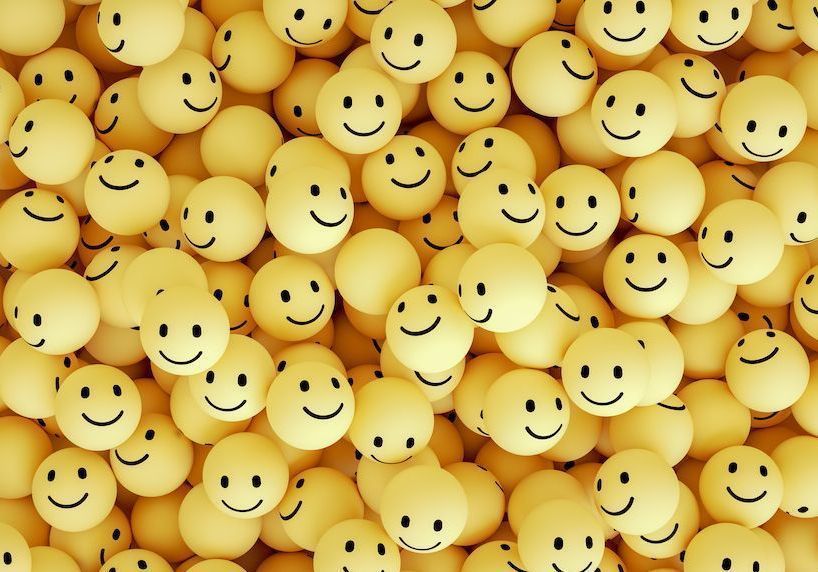Africa is a young continent, with a quarter of its population aged between 10 and 19, but how well do we take care of these adolescents, Africa’s hope for the future? In this article two public health specialists, Assia Brandrup Lukanow and Robert Thomson, reflect with two young professionals – Isma Benboulerbah, a gender and development specialist and Issouf Wendé N’so de Clercq, a recent law graduate – on the need for realistic legislative reform and a fair socio-economic investment in adolescent health.
In our work with United Nations, German and Swiss cooperation agencies in the region, we have been inspired by national efforts across Africa to improve the health and well-being of future generations.
Millions of adolescents and young Africans are alive today because their mothers’ pregnancies were safely brought to term and their first months were marked by healthy choices.
Decades of commitment to new-born and child survival have seen maternal health programmes, sexual and reproductive rights, improved nutrition, breastfeeding, immunisation and regular monitoring at primary health care centres, widely adopted. These measures are based on realistic regulations, fashioning the way in which relatively simple interventions are managed.
Yet the sad reality is that instead of the continuing healthy development and well-being of all children, up to 1,500 adolescents across the region die needlessly from treatable or preventable causes every day. These include: HIV/Aids, pregnancy complications, anaemia and sickle cell disease, inter-personal violence and injuries. And with them, so many young African hopes and dreams perish. Why does this tragic situation persist?
Child survival is now a given, so can we not sustain health and well-being beyond childhood into adolescence and ensure a better life for them and their future families?
Indeed, the challenge to meet the needs and expectations of Africa’s hundreds of millions of adolescents is ongoing. They are still unfairly burdened by infection, malnutrition, disease – and especially by the mortality and illness associated with child marriage and early pregnancy.
So yes, while we got it right on child survival and the management of child health, too many adolescents still face really poor health outcomes, particularly adolescent girls and young women. The vulnerability and harm increase when it comes to marginalised, disabled and underserved minority groups, who are particularly invisible in both service provision and the legislation.
Generally, pregnant women (of whatever age) and their young children are treated free or at preferential rates in public facilities. However, youngsters find themselves in a double bind – they are often neglected by health staff, systems and services, yet expected to provide for their own medical needs.
Clearly, adolescents generally have relatively meagre means. Therefore, the pricing of services and medication – and where they exist, insurance premiums – must be adapted to their purchasing power. The prioritisation of adolescent health-related rights through differential pricing is a logical evolution for public health ministries, to reduce the harm caused by adolescents being charged the prices of wage-earning adults.
Vulnerable adolescents
Sometimes vulnerability arises from the often-mistaken common view that adolescents are healthy and at the ‘growing age’. This overlooks the many non-communicable diseases and mental health problems which arise from, for example, substance abuse (especially tobacco, alcohol or drugs) that starts in adolescence, but harms and kills in later life.
Sometimes adults’ unrealistic, wishful thinking that adolescents should not have ‘bad thoughts’ turns a blind eye to some awful behaviour perpetrated by adults on vulnerable minors. While it is an understandable wish that children should grow up to be responsible, is it reasonable to react with a ‘serves you right’ attitude by, for example, expelling pregnant girls from school after denying access to the protection of condoms, other contraception and comprehensive sexual education?
Sexually active young people, whether married or unmarried, and young people who are not yet sexually active, need to be able to recognise the difference between healthy and unhealthy relationships, behaviour and expectations.
They need to know how to protect themselves against sexual abuse and gender-based violence, whether from their peers, from older people they know or even from figures of authority.
In addition to the knowledge that comes from comprehensive sex education, adolescents have the right to protection under law. Lawmakers prioritise saving face over saving young lives because many of the causes of illness, disability and death relating to adolescence touch on ‘taboos’ or sensitivities about who has the right to behave in this or that way.
Such political negligence of adolescents not only stokes high maternal mortality figures in some parts of Africa (with nearly half of all deaths related to pregnancy and childbirth occurring for girls under 19), it also poses real danger to the moral development of nations.
Ask the youth to participate
Ask public health experts to identify what is needed to improve adolescent health in Africa and most will point to bringing in more accessible HIV infection prevention services; UNAIDS estimates that nearly 90% of AIDS-related adolescent deaths are in Africa.
Well-meaning educators will cite problems caused by early pregnancy, drugs and violence. Politicians and parents come up with mean punishments, especially for girls, when the consequences of unprotected sex are manifest.
Faced with these frustrating realities, Isma and Wendé, our two young investigators, looked at health promotion in the context of inter-generational solidarity. They identified the need for society to adopt broader participative approaches to address the health literacy needs of adolescents.
While the education and youth sectors have begun to focus on the behaviour and vulnerability of adolescents, this is not enough to maintain the physical and mental health and well-being of adolescents. Authorities and influential adults must work with young people to create the conditions for adolescents to make choices that sustain happy and healthy lives.
Change law to improve young people’s health
The legal framework for protecting health after early childhood is undoubtedly weak in many African countries. Most flagrantly, laws on sexual consent and sexual abuse are missing from the legislation. This failure to prevent adults from procuring or coercing sex with adolescents is undoubtedly a major driver of infection and pregnancy.
At the same time, on the flimsy grounds of culture and tradition, essential protection is denied, child marriage is arranged by complicit parents and unprotected sex is inflicted on school-going girls and boys by predatory teachers and other authority figures.
Fortunately, some professionals adopt youth-friendly attitudes and make quality health services and the facts of life available, accessible and appropriate to young individuals.
Yet even if all doctors, teachers and nurses acted like angels, and government facilities rivalled holiday resorts, acceptable progress in adolescent health accessibility would not be achieved without having policies, laws and regulations that were realistically applied. It is society’s duty to ensure that professional standards are based on science rather than on any individual moral speculation.
The achievement of Universal Health Coverage (UHC) for adolescents can be advanced by looking carefully at the social and commercial determinants of the behaviours causing conflict and accidents, substance abuse or late diagnosis of infection.
Modern legislation correctly applied, for example to tax the profits of big business benefiting from junk food, alcohol and tobacco sales, is just one way to contribute to adolescent health. By living up to this, society will foster development, peace and prosperity for current and future generations.
Supported by communities, and guided by holistic youth policies, the economic and social integration of young Africans is possible. The desperate movement of hundreds of thousands of young Africans towards Europe shows dramatically that the health of our planet and its young people needs accelerated action if the health of African adolescents is to be ensured in the coming years. NA
|
WHO Adolescent Programme |
|
The WHO Regional Adolescent Health Flagship Programme is charting the way to Universal Health Coverage, making an impact for every 10 to 19-year-old in Africa, by: – investing to improve the health and development of adolescents throughout the African Region, including in situations of fragility and health emergency. – ensuring that health data is collected, analysed, disaggregated and made available in collaboration with Demographic Health Surveys (DHS), Census, Service Availability and Readiness Assessments (SARA), and Multiple Indicator Cluster Surveys (MICS). Evidence from the evaluation of services improves national policy and planning, programme design and delivery, accountability monitoring and cost-effectiveness. |
|
In addition to lives saved and a reduction in the disease-burden reduced, investment in adolescent health and well-being will make the most of Africa’s ‘demographic dividend’ and harness the youthful social capital needed on the continent if economic growth is to “The health concerns of 10 to 19-year-olds have to be fully and comprehensively integrated into the global, regional and national health policy agendas” – Dr. T. Moeti, Regional Director |








